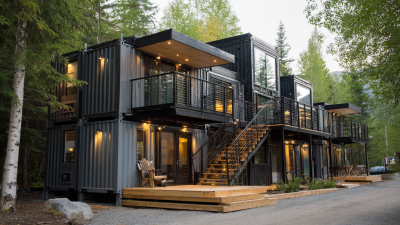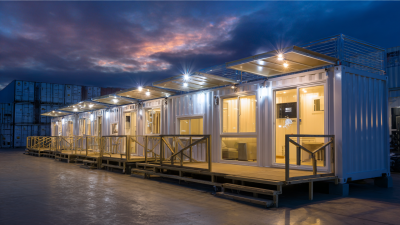Choosing the perfect home can be a daunting task, especially with the increasing popularity of prefab houses, which offer a blend of modern design and efficient construction processes. These innovative dwellings are not just about practicality; they also provide an opportunity to express personal style and cater to unique lifestyle needs. Whether you’re seeking a cozy retreat in the countryside, a sleek urban residence, or a sustainable living solution, understanding the various options available in the prefab market is crucial. This guide will walk you through essential considerations—such as budget, size, layout, and environmental impact—enabling you to make an informed decision that aligns with your vision of home. By carefully assessing your requirements and exploring the diverse world of prefab houses, you can find the ideal match that enhances your living experience while reflecting your individuality.
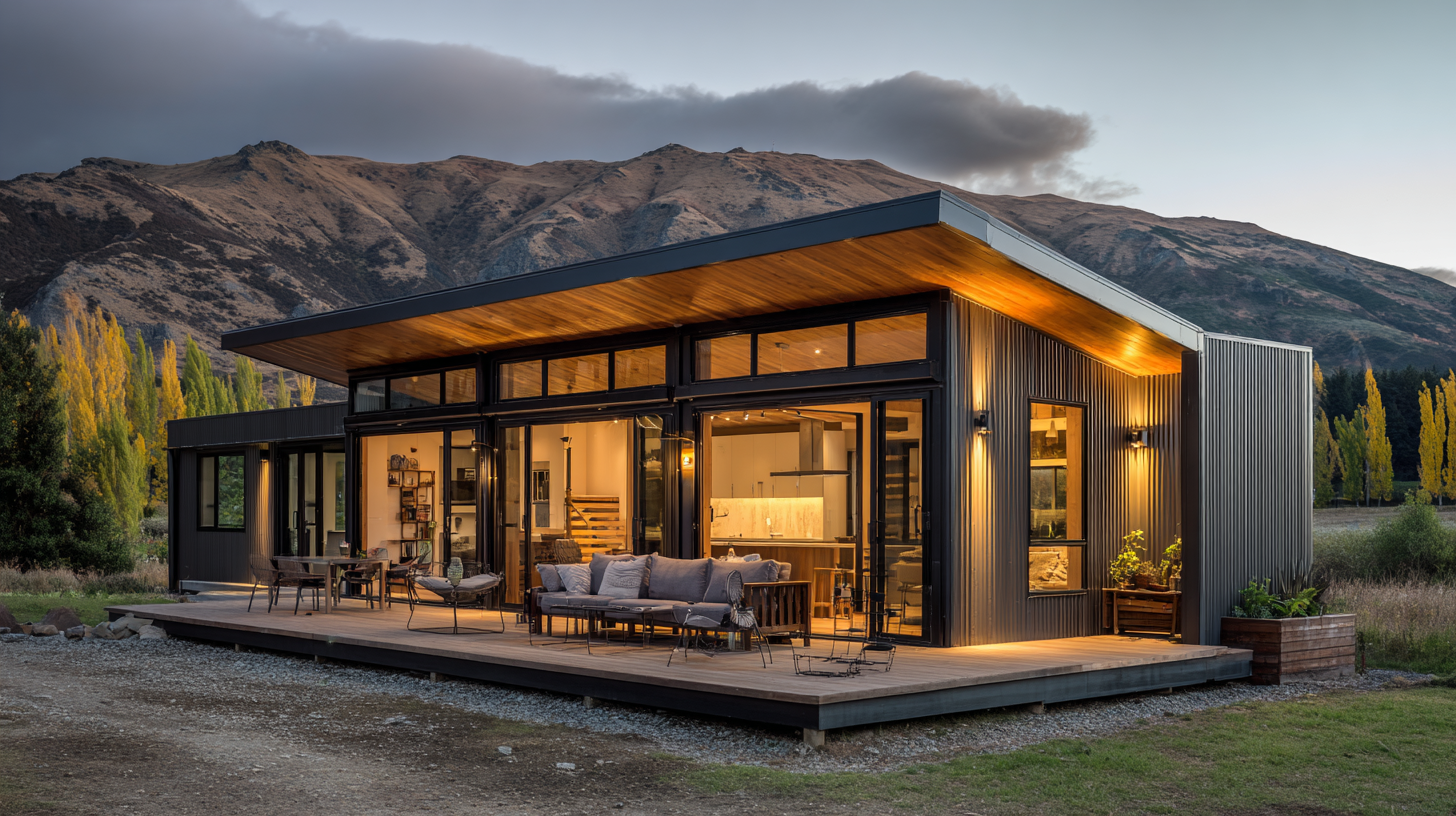
When choosing the right prefab house, it's essential to understand the different types available and how they align with your lifestyle and needs. Prefabricated houses can vary significantly in design, material, and construction methods. For instance, modular homes, constructed to adhere to building codes similar to traditional homes, allow for greater customization and often provide enhanced energy efficiency. A recent study highlighted that modular construction can reduce embodied energy and greenhouse gas emissions significantly compared to conventional building methods, making it a more sustainable choice.
Tips: Research the building codes and regulations in your area to ensure compliance. Look for prefab homes that incorporate sustainable materials and technologies, as these can lead to lower operational costs over time.
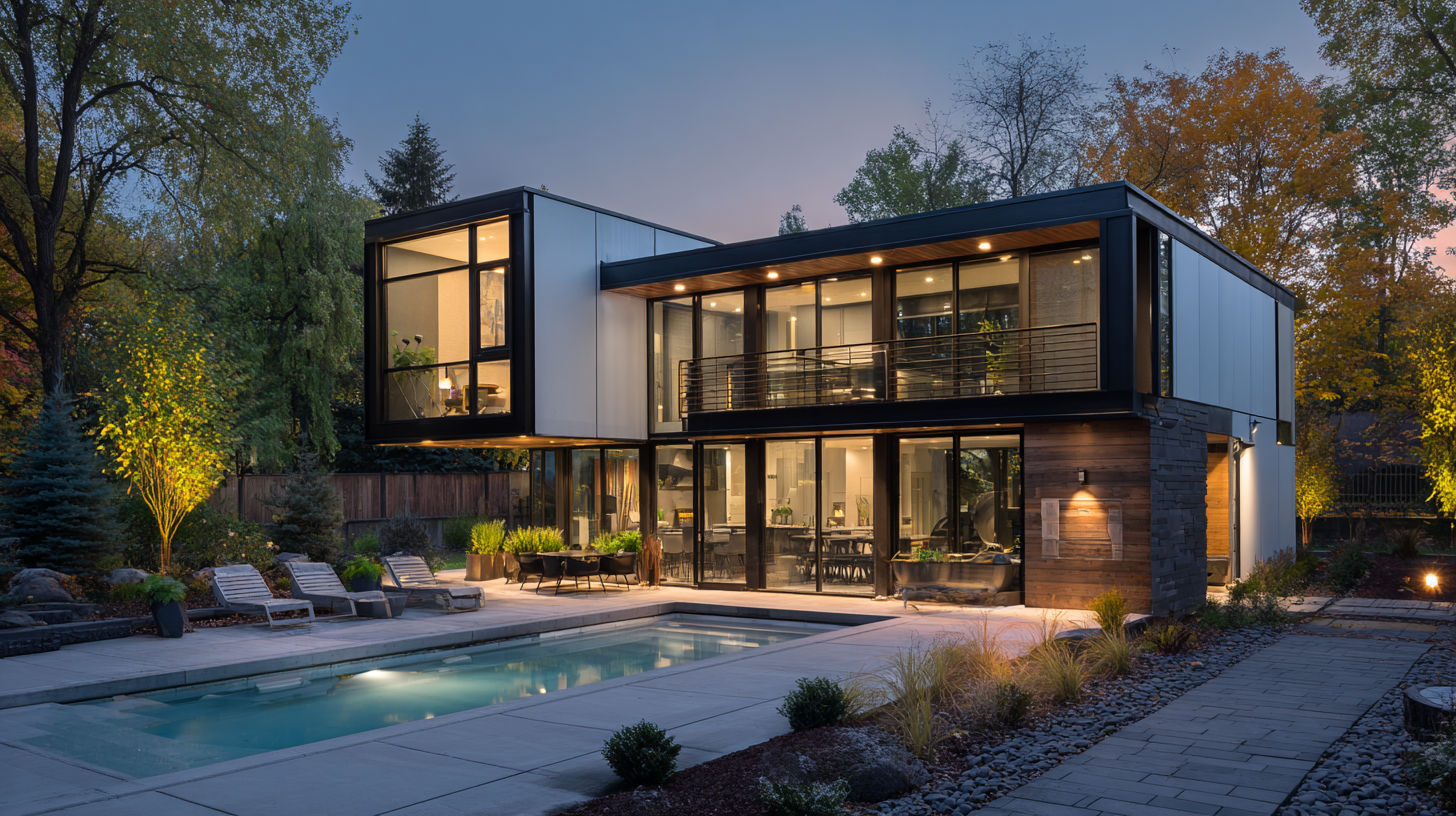 Additionally, consider the energy efficiency features of different prefab types. With advancements in building-integrated photovoltaic (BIPV) technology, many prefabricated homes now incorporate solar energy solutions, which not only reduce energy bills but also contribute to a minimal environmental footprint. Emerging trends indicate that sustainable building materials are becoming more innovative, enhancing the overall performance of prefab houses and opening avenues for eco-friendly living.
Additionally, consider the energy efficiency features of different prefab types. With advancements in building-integrated photovoltaic (BIPV) technology, many prefabricated homes now incorporate solar energy solutions, which not only reduce energy bills but also contribute to a minimal environmental footprint. Emerging trends indicate that sustainable building materials are becoming more innovative, enhancing the overall performance of prefab houses and opening avenues for eco-friendly living.
Tips: Evaluate your lifestyle needs against the available energy-efficient options, which can drastically impact your home’s long-term sustainability and cost-effectiveness.
When choosing the right prefab house, it’s essential to evaluate your lifestyle needs, particularly in terms of size, layout, and functionality. Start by assessing how much space you truly require. Consider not only the number of bedrooms but also whether you need dedicated spaces for work, hobbies, or entertaining guests. If you have a growing family or plan to work from home, a larger footprint may be necessary, whereas singles or couples might benefit from a more compact design.
Layout plays a crucial role in optimizing day-to-day life. Open floor plans can foster a sense of community and space, making them ideal for social gatherings. Alternatively, if privacy is a priority, a layout that separates living areas from bedrooms may be more appealing. Lastly, functionality should guide your decisions; think about storage options, outdoor space, and energy efficiency. A well-thought-out design should not only accommodate your current lifestyle but also adapt to future needs, ensuring that your prefab house becomes a lasting home.
Exploring eco-friendly materials and energy efficiency in prefab homes is essential for creating a sustainable living environment. One of the key advantages of prefab houses is their ability to incorporate sustainable building practices right from the design phase. Homebuilders now have access to a variety of eco-friendly materials, such as bamboo, recycled steel, and reclaimed wood, which not only reduce environmental impact but also offer unique aesthetics.
Tips: When selecting materials for your prefab home, prioritize those that are sustainably sourced and have low VOC (volatile organic compounds) emissions. This ensures healthier indoor air quality and supports environmental conservation. Look for suppliers who specialize in eco-friendly building materials and consider the lifecycle impacts of your choices.
Energy efficiency plays a crucial role in the overall sustainability of prefab homes. Many modern designs utilize advanced insulation techniques, energy-efficient windows, and renewable energy systems like solar panels. These elements work together to minimize energy consumption and reduce utility costs.
Tips: To maximize energy efficiency, evaluate the home’s orientation and ensure proper insulation. Incorporating smart home technology can also help monitor and optimize energy usage, providing long-term benefits for both the environment and your wallet. Choosing a prefab home that emphasizes sustainability is a step towards a greener lifestyle.
When considering a prefab house, a crucial factor to evaluate is the cost comparison between prefab structures and traditional building methods. Prefab homes often have a lower initial cost due to streamlined production processes and reduced labor expenses. Manufacturers frequently use automation and efficient supply chains, which can result in significant savings that are passed on to the consumer. Additionally, the quicker assembly time for prefab homes means fewer labor hours, which can further decrease overall costs.
However, it's essential to consider the long-term implications of these savings. While the initial investment in a prefab home can be lower, buyers should also factor in potential site preparation costs, transportation fees, and any necessary alterations to meet local building codes. In contrast, traditional construction might have higher upfront costs but allows for more customization from the outset. Ultimately, the decision should weigh not just the immediate financial implications but also how each option aligns with your lifestyle and long-term desires for your living space.
| House Type | Average Cost ($/sqft) | Construction Time (Months) | Energy Efficiency (Rating) | Customization Options |
|---|---|---|---|---|
| Prefab House | $100 - $150 | 3 - 6 | A+ | High |
| Traditional House | $150 - $300 | 6 - 12 | B | Medium |
| Modular Home | $120 - $200 | 4 - 8 | A | High |
| Container Home | $70 - $130 | 2 - 5 | A+ | Medium |
When choosing a prefab house, personalizing your home to suit your lifestyle and needs is essential. Modern prefab homes offer a variety of customization options that can transform a standard design into a unique living space. From selecting floor plans with multiple bedrooms to maximizing outdoor views with large glass windows, homeowners can tailor their living environment to reflect their individual tastes and functional requirements. The rise of the tiny home trend has made this customization more accessible, allowing individuals to create adaptable homes that fit their specific needs, whether for full-time living or as a vacation retreat.
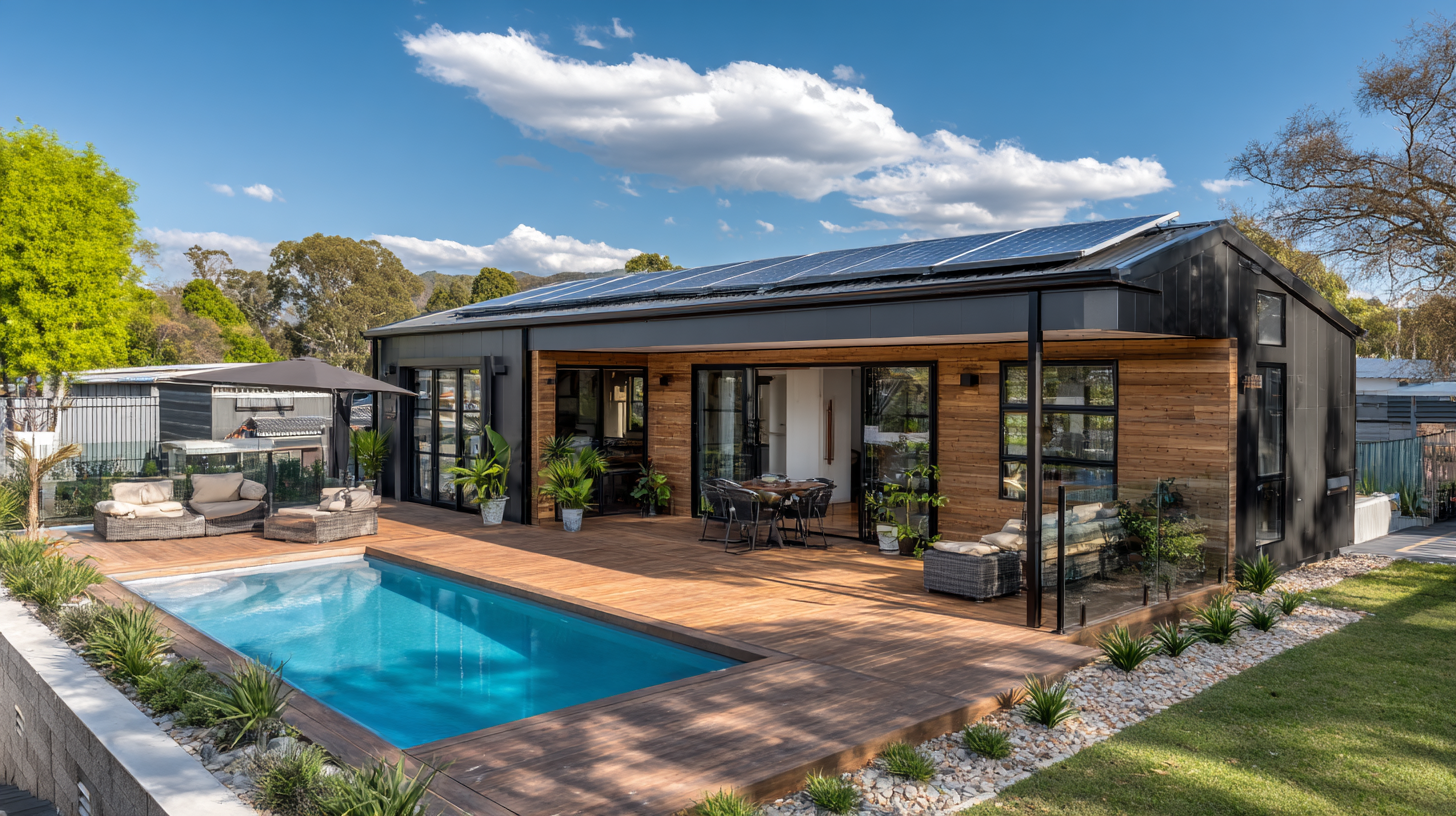
Furthermore, the growth of the tiny home market highlights a shift in consumer preferences toward affordable and innovative housing solutions. As more individuals embrace downsizing and eco-friendly living, options like oversized stationary tiny homes and customizable designs are gaining popularity. Brands are now offering unique models with features such as spacious front porches and modular setups, which enhance flexibility and practicality. This blend of affordability, personalization, and design demonstrates that prefab homes are not only a viable living solution but also a canvas for creative expression in the housing market.

